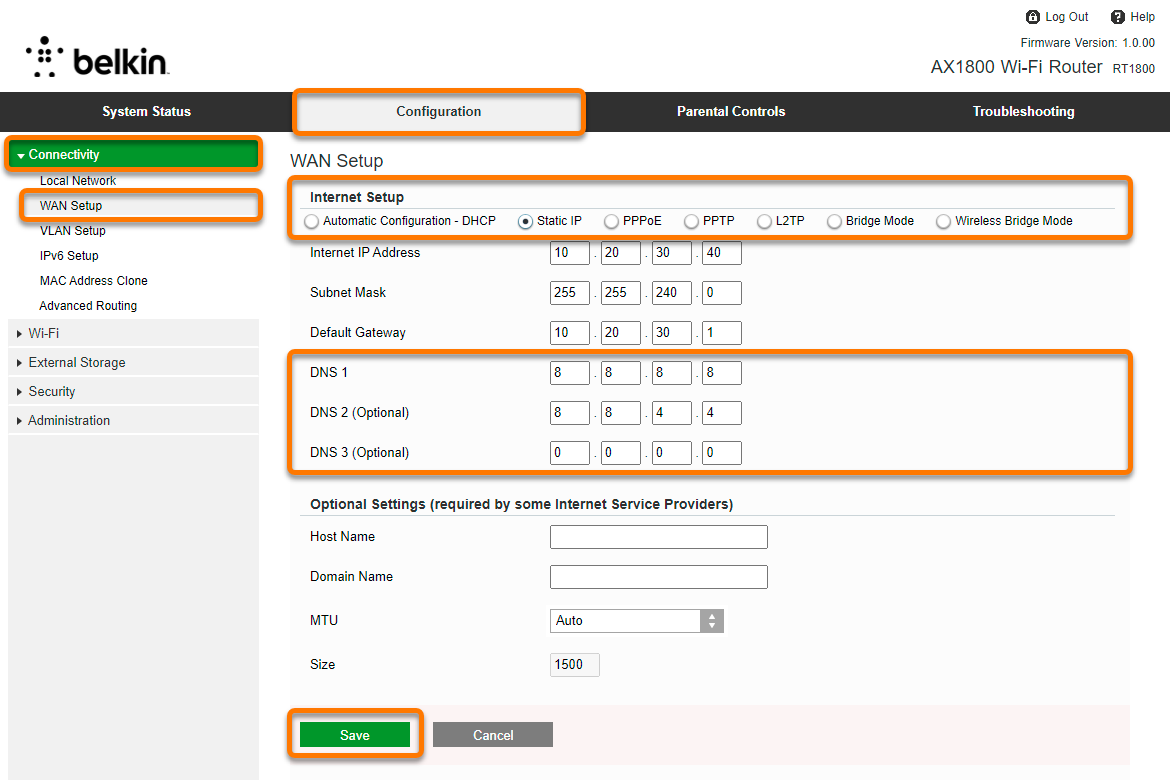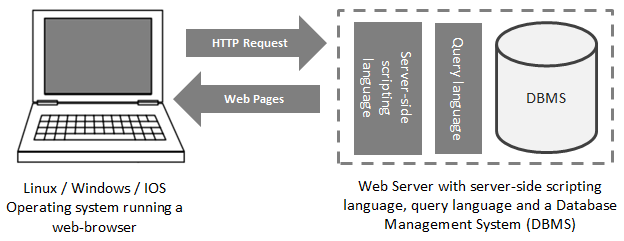
FTP (Funds Transfer Pricing) is a tool for financial management that allows banks to measure the contribution different funding sources make to their overall profit. It allows them to monitor and measure their financial performance in a wide variety of ways, from determining the profitability of different product lines the bank offers, to the success of branch outlets, to evaluating processes.
The FTP is an important tool for commercial banks because it provides them with a price which reflects the cost of borrowing and lending money. This price includes interest costs, liquidity costs, and other operating expenses. The FTP rate can be used by the bank to price loans and calculate return on investment.
FTP rates are also useful for budgeting. This can result in higher profits over the long-term.

This tool plays a crucial role in assessing the performance a banking institution, especially with the current global economic crisis and upcoming Basel III regulations. The tool is also useful for identifying potential risks and vulnerabilities, which could impact the bank's profit.
Also, it is essential to analyze the profitability of clients and the performance at branches and other outlets. This can help to give the bank more clarity about its strengths as well as weaknesses. It will also assist in decisions related to resource allocation and cost control, as budgeting or planning and budgeting.
A bank can use a variety of FTP frameworks. The frameworks differ depending on the size, business areas, and operational structure of the bank. The matched maturity method, in general, is the most widely used and robust approach.
Funds transfer rates are assigned based on various factors. These include the maturity and cash flow of the product. These factors can include interest rates, credit risk, and hedging costs.

To assign a rate of transfer to a particular product, the bank has to determine the rules by which the rate will be calculated. The rules are based on balances in ledger accounts, such as cash, prepaid expense, and fixed assets. They can also be based product (instruments), instrument principal balances, or other product (instruments).
The bank can assign a transfer rate based on a product's maturity and expected cash flow using the matched maturity method. This approach may be more flexible and less rigid than the pooled rate method that ties products into a single TP.
The matched mature method also takes the bank’s flexibility to access funds with various maturities through the interbanking market into account, as this can affect the final base rate. The matched-maturity method is useful for periods of high liquidity, as it allows the bank to reduce hedging costs and increase the rentability on its Treasury assets.
FAQ
What Websites should I make?
Your goals will determine the answer to this question. If you are looking to build a business from your website, it may be beneficial to focus on selling online products. This can only be achieved by building a solid eCommerce website.
Blogs are another popular type of website. Each one requires different skills and tools. For instance, if you want to set up a blog, you will need to learn about blogging platforms such as WordPress or Blogger.
When you choose a platform, you will also need to figure out how to customize the look of your site. There are many themes and templates that you can use for free.
Once you have selected a platform you can add content to your website. You can add images, videos, text, links, and other media to your pages.
You can publish your website online once you have launched it. Visitors can view your site online once it has been published.
Do I have to use a template?
Yes! Pre-built templates and frameworks are often used when building websites. These templates contain all the code that is required to display information.
The following are some of our most-recommended templates:
WordPress - The most popular CMS
Joomla - Joomla is another popular open-source CMS
Drupal - An enterprise-level solution for large companies
Expression Engine - a proprietary CMS from Yahoo
Each platform has hundreds of templates, so it should not be hard to find the one that you like.
What is Website Design Software?
The website design software can be used by graphic artists and photographers, illustrators, writers and others who are involved in visual media.
There are two types of website design software available: cloud-based and desktop apps. Desktop apps are installed locally on your computer and require you to install additional software on your computer. Cloud-based applications are hosted on the internet. This makes them great for mobile users.
Desktop Applications
While desktop applications offer more advanced features than those in cloud-based solutions, they aren't always necessary. Some people prefer to work exclusively from a desktop app because they find it more convenient. Others like to use the same tool regardless of whether they are working on a laptop or a smartphone.
Cloud-Based Solutions
Web designers who wish to save time or money should consider a cloud-based option. These services allow you access any type of document to be edited from anywhere on the internet. This means you can work on a tablet while waiting for your coffee to brew.
If you decide to use a cloud service, you will still need a license. You won't need to purchase additional licenses if you upgrade to a later version.
If you have Photoshop, InDesign and Illustrator, these programs can be used for creating web pages.
Statistics
- At this point, it's important to note that just because a web trend is current, it doesn't mean it's necessarily right for you.48% of people cite design as the most important factor of a website, (websitebuilderexpert.com)
- It's estimated that in 2022, over 2.14 billion people will purchase goods and services online. (wix.com)
- Did you know videos can boost organic search traffic to your website by 157%? (wix.com)
- In fact, according to Color Matters, a signature color can boost brand recognition by 80%. There's a lot of psychology behind people's perception of color, so it's important to understand how it's used with your industry. (websitebuilderexpert.com)
- When choosing your website color scheme, a general rule is to limit yourself to three shades: one primary color (60% of the mix), one secondary color (30%), and one accent color (10%). (wix.com)
External Links
How To
How do I get started in UI Design?
There are two ways to become a UI designer:
-
You can earn a degree in UI Design by going to school.
-
You can become a freelancer.
You will need to complete four years of college or university study if you plan to continue your education. This includes art, computer science, business, marketing, psychology, etc.
You can also take classes at community colleges or state universities. Some schools offer free programs; others charge tuition fees.
You'll need to find work once you have graduated. You must establish a client base if you want to work for yourself. It is vital to build a network of professionals so they are aware that you exist.
Internships are also available at web application development companies. Many companies hire interns before they hire full-time staff.
It will be easier to land more jobs once you have a portfolio of your work. You should have work samples and information about the projects you worked on in your portfolio.
It's a great idea to email your portfolio to potential employers.
As a freelancer, you will need to market yourself. You can also advertise your services via job boards like Guru, Indeed, Guru, Upwork, and Freelance.
Freelancers receive assignments often from recruiters who post open positions online. These recruiters find qualified candidates for specific jobs.
These recruiters typically provide the candidate with a project brief outlining the position's requirements.
Freelancers are not required by law to sign any long-term agreements. You should negotiate an upfront payment if your goal is to move forward.
Many designers prefer working directly with clients, rather than through agencies. Although this might seem like a great idea, many people lack the necessary skills.
Agency workers typically have extensive knowledge of the industry they're working in. They can also access specialized training and resources that will allow them to produce top-quality work.
Agency workers also receive higher hourly rates.
You won't be able to get in touch with your employer directly if you work with an agency.
A UI designer must be self-motivated, creative and flexible.
It is also important to have great verbal and written communication skills.
UI designers are responsible in designing websites through the creation of user interfaces (UI), as well visual elements.
They are also responsible to ensure the site meets user needs.
This involves understanding the information users need and how to make your site work.
Wireframes can also be created by UI developers using a variety o tools. Before beginning to design, they use wireframing.
You can find wireframe templates online. This makes it easy to make your own wireframes.
Some designers specialize in UI design alone, while others combine UI with graphic design.
Photoshop is used to edit images by graphic designers.
To create pages and layouts, they then use Adobe InDesign.
Photographers capture images using digital cameras or DSLRs.
They then upload the pictures to a photo editing program where they add text captions, filters, and other effects.
The photographer saves the image as a compatible file format for the website.
It is vital to consider all aspects in the web design process.
This includes research and planning, wireframing, prototyping testing, coding, content creation and publishing.
Research – Before starting any new project, it is important to conduct extensive research.
Planning – After you've done your research you'll be ready to develop a plan.
Wireframing: A wireframe is a sketch of a website or application.
Prototyping-Prototypes ensure that the final product matches your initial vision.
Testing - It is important to test the prototype several times in order to make sure it works.
Coding – Coding is the art of writing computer codes.
Content Creation - Content creation covers everything from writing copy to managing social media accounts.
Publishing involves uploading files on a server to ensure that the site is accessible.
You will need to have a broad knowledge of different projects in order as a freelance UX/UI developer.
Some companies, for example, only need wire frames. Others require complete prototypes.
Depending on the type of project you accept, you may be asked to complete specific tasks.
If you are hired to create wireframes for a company, you may be expected to produce several wireframes each time.
You may need to develop a functional version of the site if you are hired to build a prototype.
Regardless of the type of project, it's important to have strong interpersonal skills.
Since most clients hire freelancers based on referrals, you must build solid relationships with potential employers.
You must also be able communicate clearly both verbally as well as in writing.
A portfolio is an essential part any freelancer's arsenal.
It displays your work and shows your ability to produce high-quality results.
You can take care of this by creating a professional portfolio online.
The best way to get started is to find websites similar to yours.
Next, search these sites to discover which site offers what services.
Once you have determined the best practices for you, you can begin to adopt them.
It's also beneficial to include links within your resume to your portfolio.